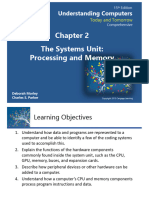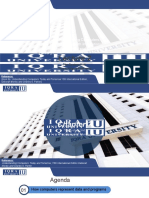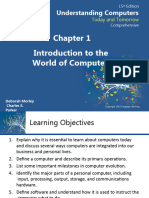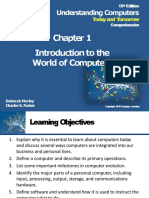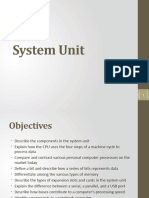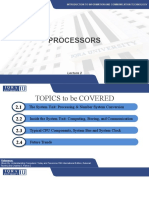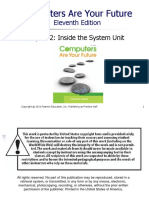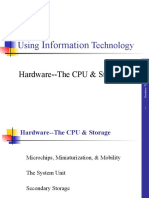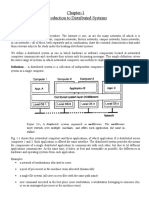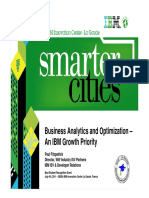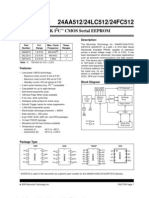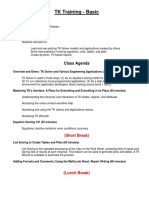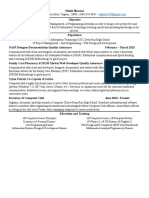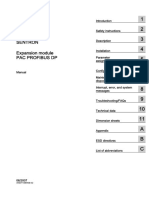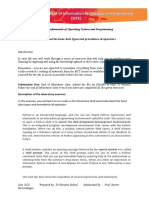0% found this document useful (0 votes)
15 views56 pagesProcessing and Memory - Modified
understanding computer now and tomorrow book slides part 2
Uploaded by
abdullhalnjjar10Copyright
© © All Rights Reserved
We take content rights seriously. If you suspect this is your content, claim it here.
Available Formats
Download as PDF, TXT or read online on Scribd
0% found this document useful (0 votes)
15 views56 pagesProcessing and Memory - Modified
understanding computer now and tomorrow book slides part 2
Uploaded by
abdullhalnjjar10Copyright
© © All Rights Reserved
We take content rights seriously. If you suspect this is your content, claim it here.
Available Formats
Download as PDF, TXT or read online on Scribd
/ 56


